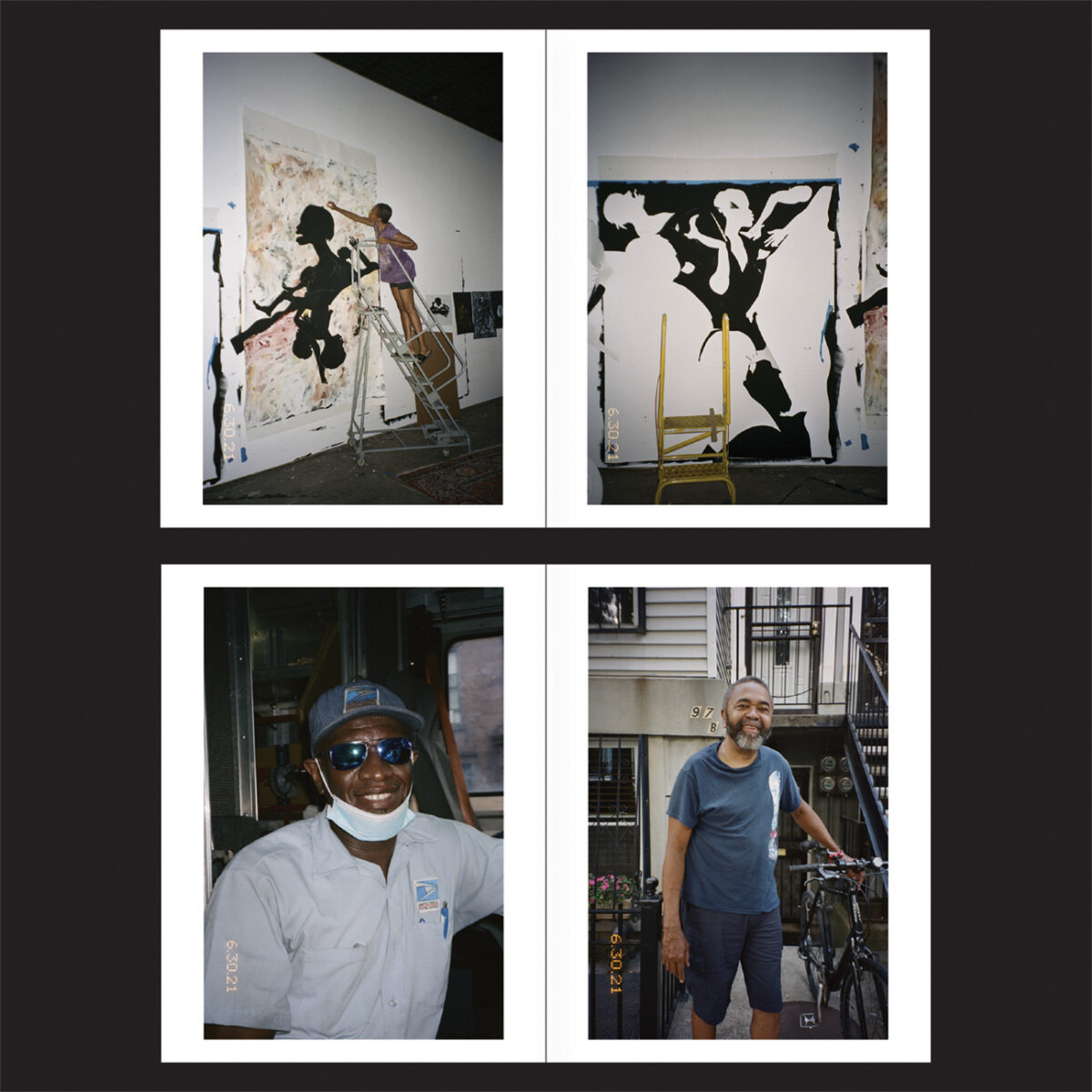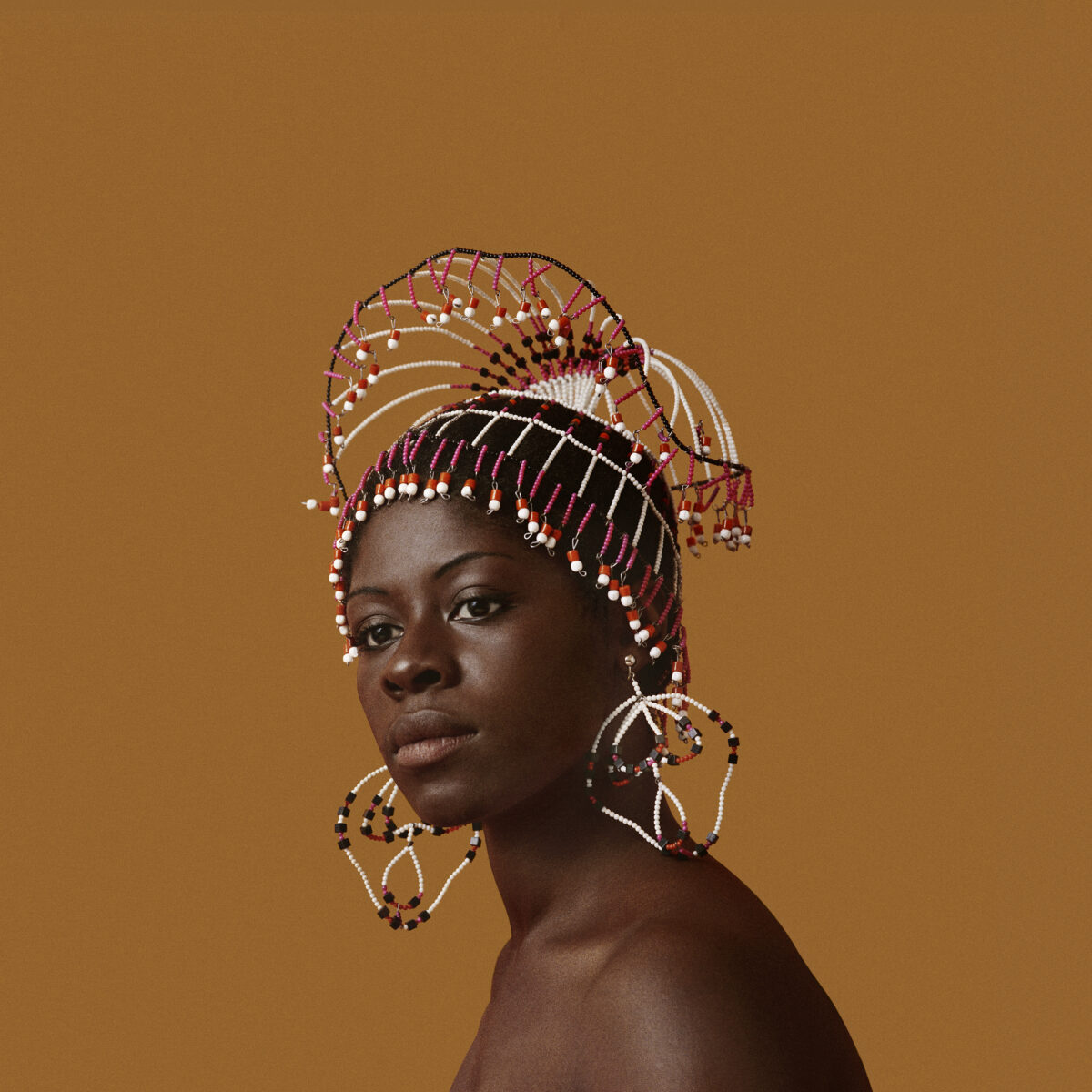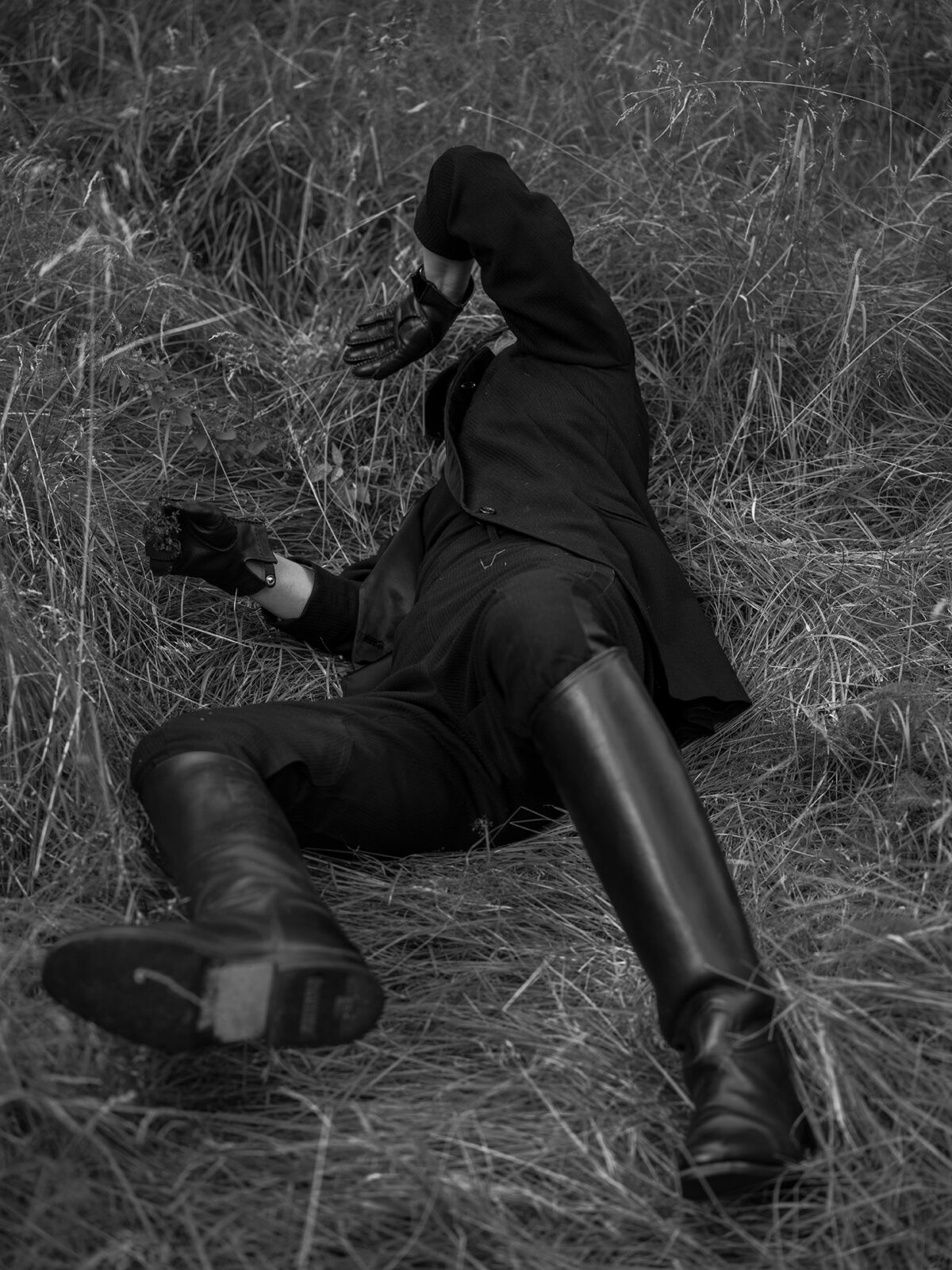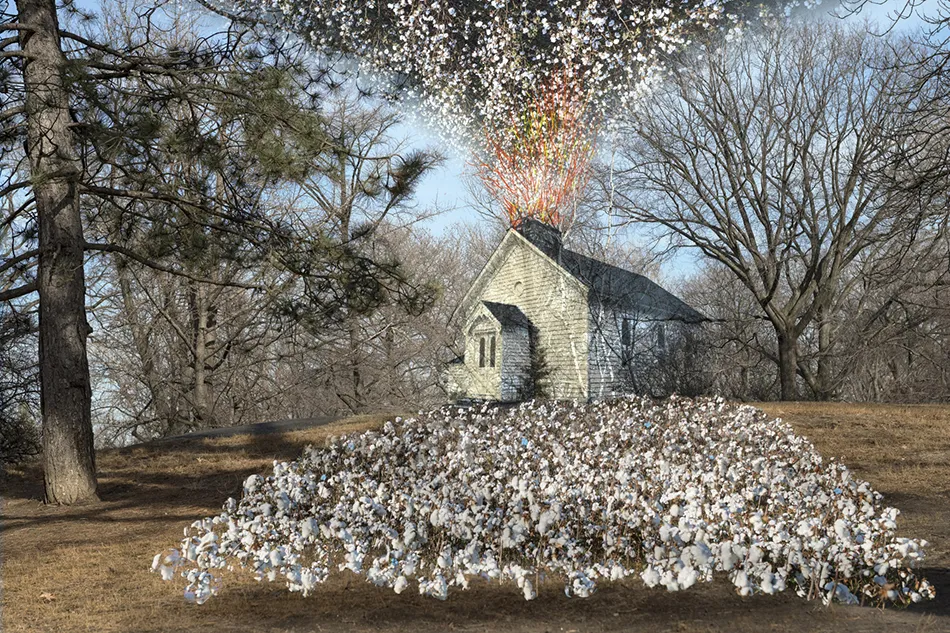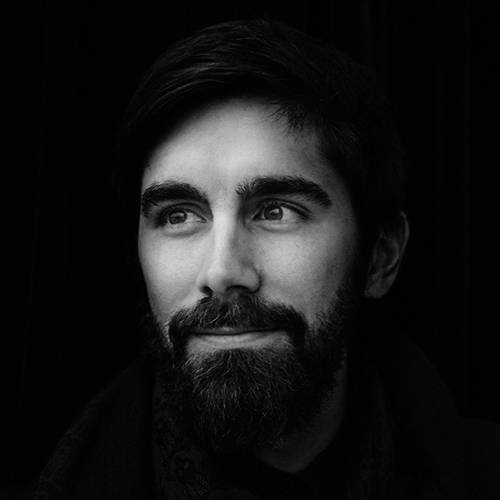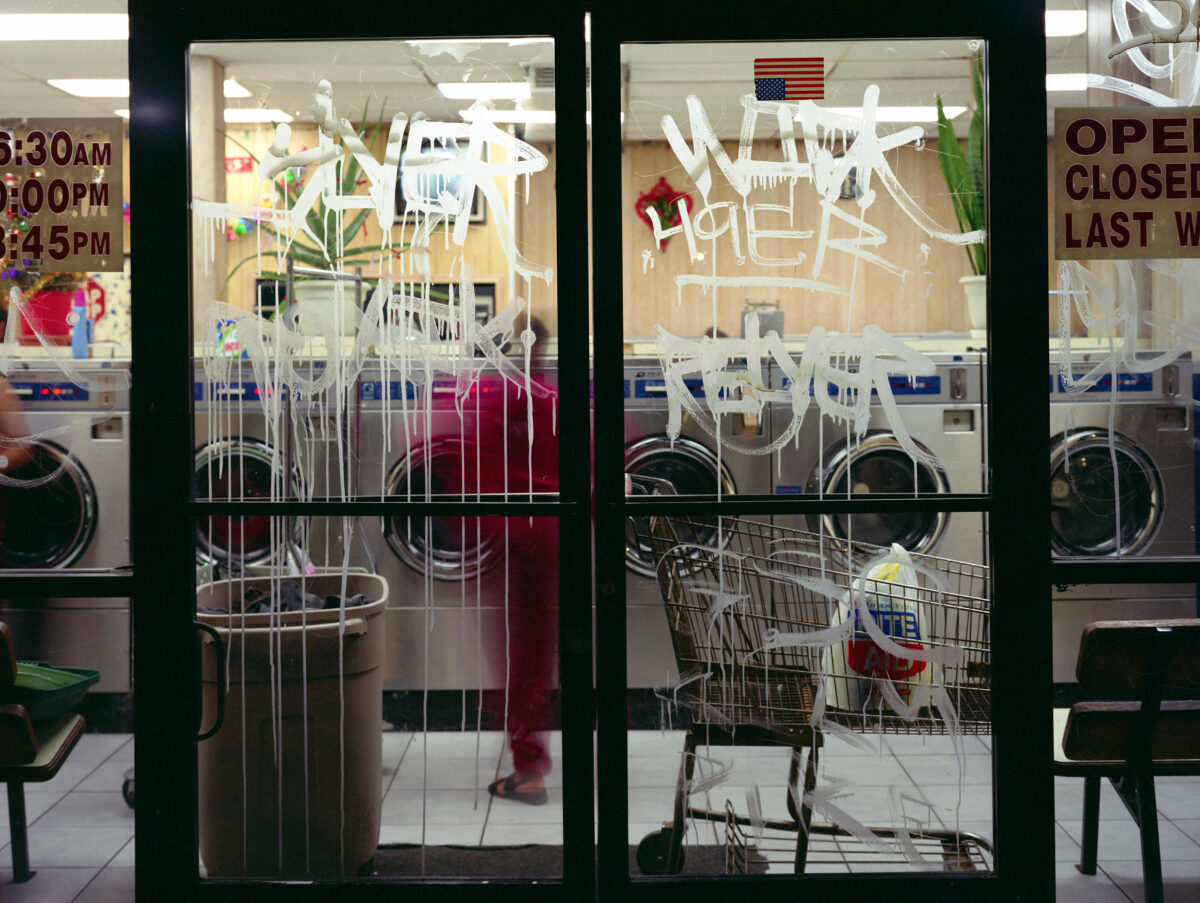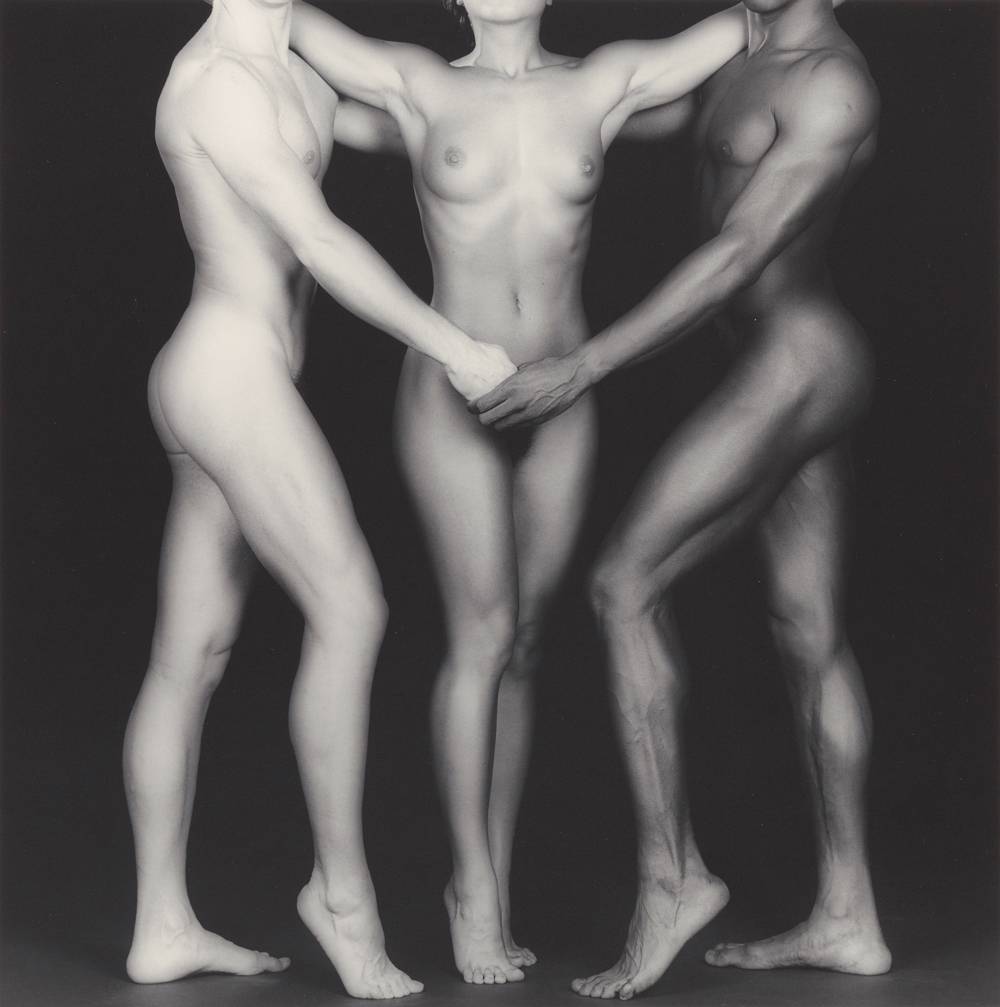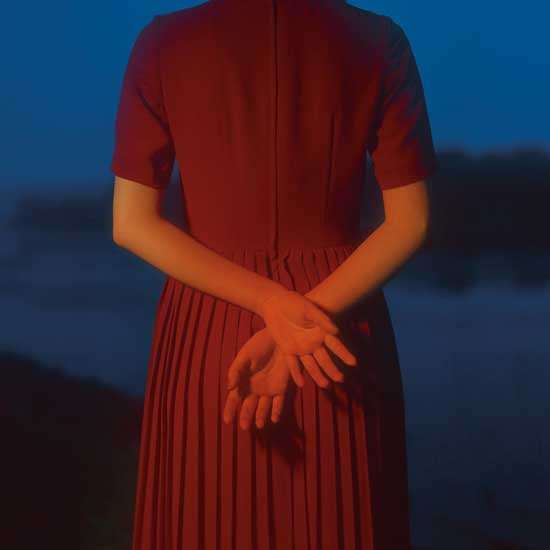

When Quentin Shih went to the beach at dusk to take a photograph of a friend, using only his car headlights for lighting, he asked her to wear a red dress like one he remembered girls wearing back when he was in high school. Asked by Lens Culture why he staged that particular scene, Shih recalled a memory from the late 1980s: he was a pre-teen at summer camp, on the beach near the water, gossiping about a young, beautiful counselor. The campers had seen this counselor crying alone. “I can’t remember if she dressed in red,” said Shih, but “[y]ears later, she committed suicide.”
The images in Shih’s Familiars series all take comparably ephemeral yet charged memories as their subjects. Beijing-based and most widely known for his fashion work, Shih has a theory about photography: “It’s a process to evoke memory; …something that is growing weak and abstract and needs to find expression,” the press release quotes him as saying. That admittedly vague statement may explain Shih’s hazy, subtle approach to images in which figures rarely face the camera as their bodies come into relief against evocative yet indistinct landscapes.
Reds and blues saturate the images in ways that feel unreal, even if Shih employed accessible strategies like car headlights to achieve the effect. In BG05.GG61.HM24.02, 2015, a woman in a red skirt, shown from the knees down, wears red jelly sandals with white socks. The ground beneath her glows red, making the cheap sandals shimmer as if they were Dorothy’s ruby slippers. In TB05.JB61.TG27.05, 2015, a woman carries similar red sandals as she wades into dark blue water.
Over the past decade, any separation between fine art and fashion photography has grown increasingly thin. But Shih’s Familiars has an entirely different sensibility than his often crisp and edgy collaborations with fashion brands. In Shanghai Dreamers, for instance, a 2010 series with Dior, he surrounded white models dressed in couture with uniformed Chinese women and girls (which he described as a black-humor jab at China’s mass production of fashion objects). Other of his fashion-related series also contain highly constructed narrative drama, which Familiars more or less lacks. Instead, because of its narrative ambiguity, Familiars invites fixation on odd, mundane details, such as the subtle scars on a subject’s legs; the thin, low socks on her feet; or the flashes of red light. The series feels like it’s about everything and nothing at once, which, for a photographer interested in expressing something that is “growing weak and abstract,” may be a win.

